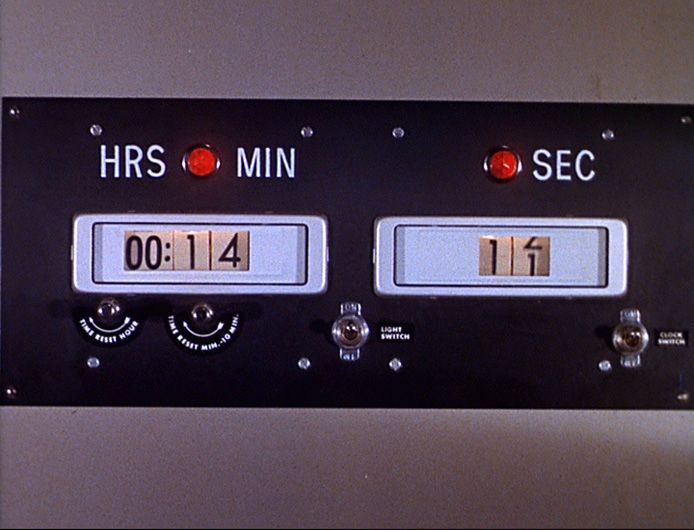Are there any blu-ray owners out there who can identify what the writing is beneath the switches on the bridge chronometer? It looks very "real", and I'm sure the switches were cobbled from some device or other, and I just got curious what the writing was when I watched The Mark of Gideon last night.

(Wow, only a member for eight months and I've attained the rank of Captain?! I almost feel like Chris Pine! )
)

(Wow, only a member for eight months and I've attained the rank of Captain?! I almost feel like Chris Pine!
 )
)





